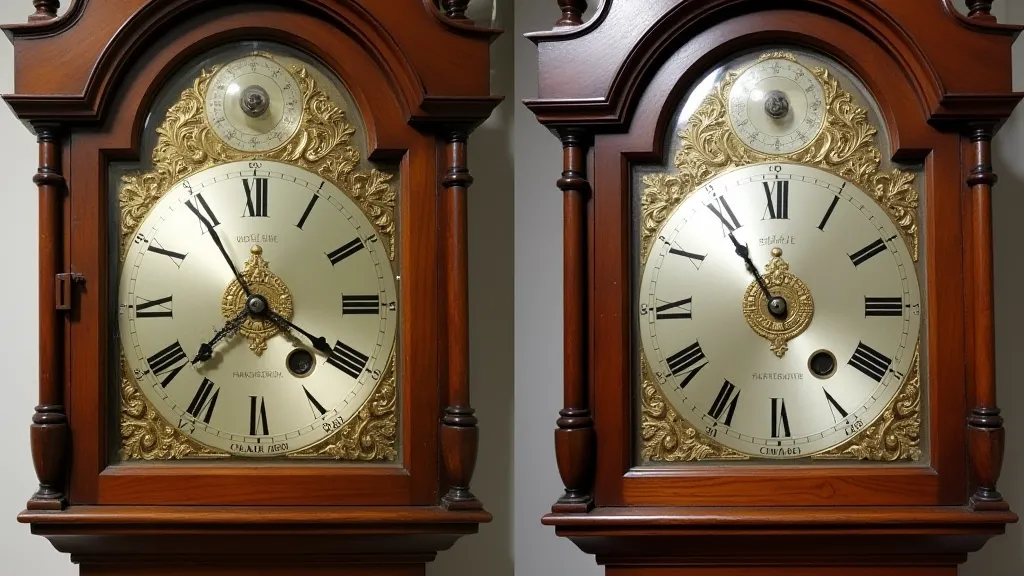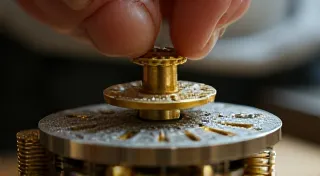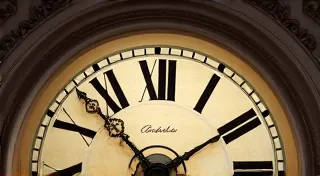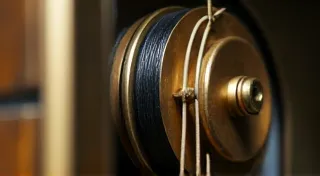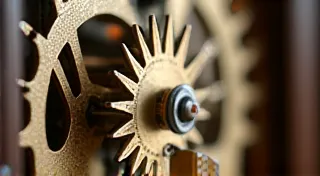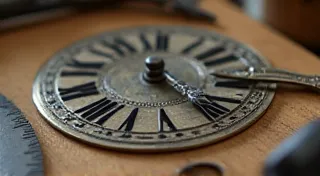Understanding & Replacing Antique Clock Mainsprings: A Step-by-Step Guide
Replacing a mainspring in an antique clock is a task that demands respect for the delicate mechanisms involved. A mainspring stores the energy that drives the clock's movement, and improper handling can lead to injury or irreversible damage. This guide will walk you through the process, emphasizing safety and proper technique. We're focusing on the common challenges faced by those undertaking this repair.
What is a Mainspring and Why Does it Need Replacing?
The mainspring is a long, flat, coiled spring housed within the clock's movement. It slowly unwinds, releasing its stored energy to power the gears. Over time, mainsprings lose their elasticity – they 'sag' – meaning they don’t store as much energy and the clock runs shorter periods. They can also break, requiring immediate replacement. Rust, corrosion and physical damage are also common reasons for replacement.

Safety First: The Importance of Proper Handling
This is the most crucial section. Mainsprings store considerable energy. Releasing that energy unexpectedly can cause serious injury. Always wear safety glasses and work gloves. Never attempt this repair without the proper tools and a firm understanding of the principles involved. It's highly recommended to have someone present during this process, especially if you're a beginner.
Essential Tools for Mainspring Replacement
You’ll need the following tools to safely and effectively replace a mainspring:
- Mainspring Winding Tool (or Mainspring Jack): This is essential for safely compressing and releasing the mainspring.
- Safety Glasses: Absolutely crucial to protect your eyes.
- Work Gloves: To protect your hands.
- Screwdrivers (various sizes): For disassembling the movement.
- Clockmaker's Oil: For lubricating the new mainspring and related components.
- Needle-Nose Pliers: Useful for manipulating small parts.
- Clean Work Surface: A well-lit and organized workspace is vital.
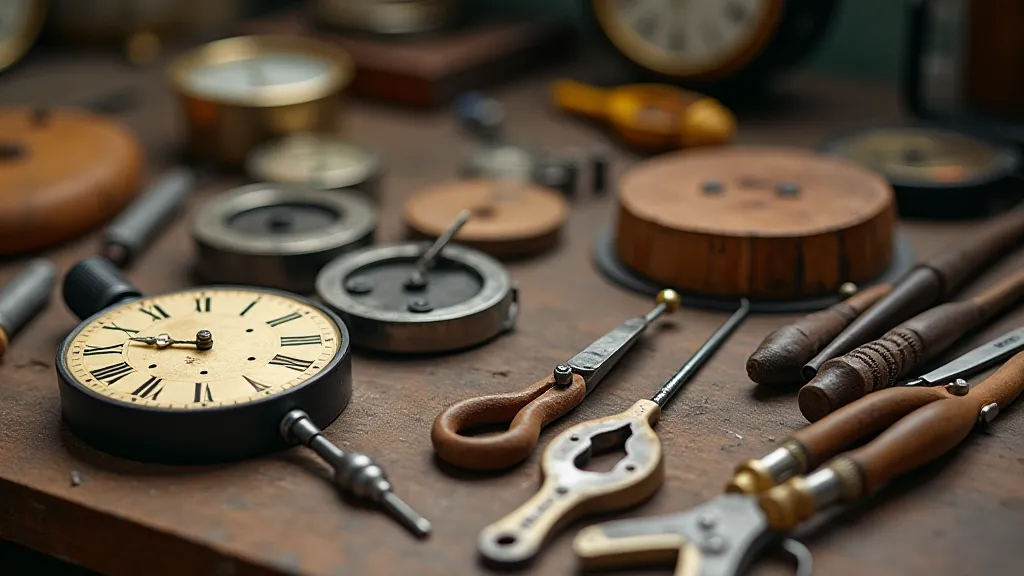
Step-by-Step Guide to Replacing a Mainspring
- Disassembly: Carefully disassemble the clock movement, noting the location of each part. Take pictures as you go – this will aid in reassembly.
- Secure the Movement: The clock movement needs to be firmly secured so it doesn’t move while you’re working on it.
- Releasing Existing Mainspring: This is where the mainspring winder comes into play. Use the winder to slowly and carefully compress the old mainspring. Don’t force it. Follow the manufacturer's instructions for your specific winding tool. As you compress, ensure the spring is secured and won’t suddenly release.
- Removing the Old Mainspring: Once compressed, carefully remove the old mainspring from its housing.
- Selecting a Replacement Mainspring: This is crucial. The new mainspring MUST be the correct size and power for your clock movement. Incorrect size or power can damage the clock. Measure the old mainspring carefully, noting its length, width, and the number of coils. Consult a reputable clock parts supplier for assistance.
- Installing the New Mainspring: Carefully install the new mainspring into its housing.
- Compressing the New Mainspring: Using the mainspring winder, slowly and carefully compress the new mainspring to the same tension as the old one.
- Reassembly: Carefully reassemble the clock movement, referring to the photos you took during disassembly.
- Lubrication: Lubricate all relevant components with clockmaker's oil.
- Testing: Test the clock's operation to ensure proper function.
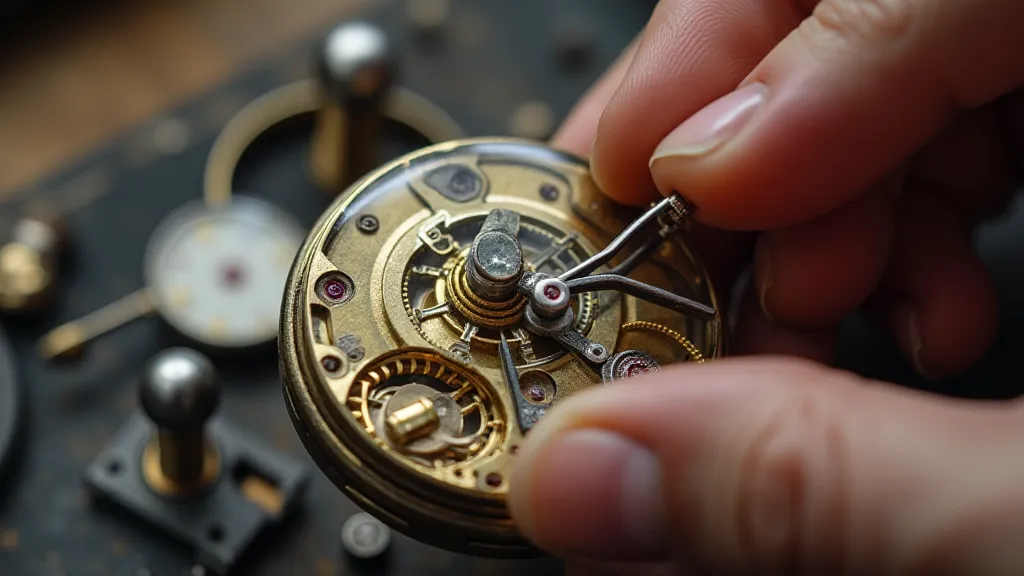
Common Pitfalls and Troubleshooting
- Incorrect Mainspring Size: The most common mistake. Double-check measurements.
- Excessive Tension: Can damage the movement. Release excess tension immediately.
- Damaged Movement: If the movement is already damaged, replacing the mainspring won't solve the underlying problem.
- Clock Runs Too Fast/Slow: May require adjustment of the regulator.
Replacing an antique clock mainspring is a challenging but rewarding task. With patience, attention to detail, and a commitment to safety, you can restore your clock to its former glory. Remember to consult with a professional if you're unsure about any aspect of the process.
